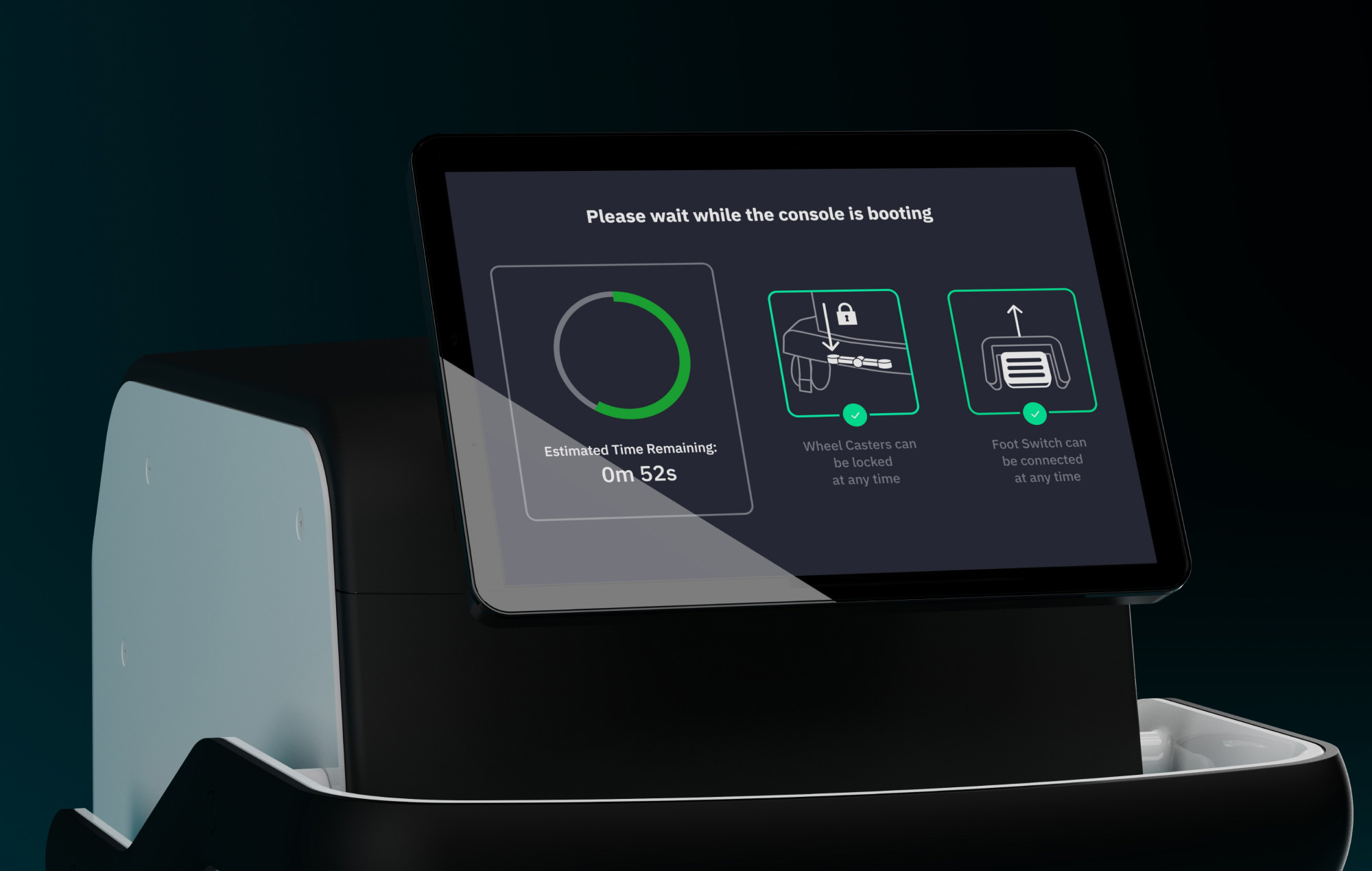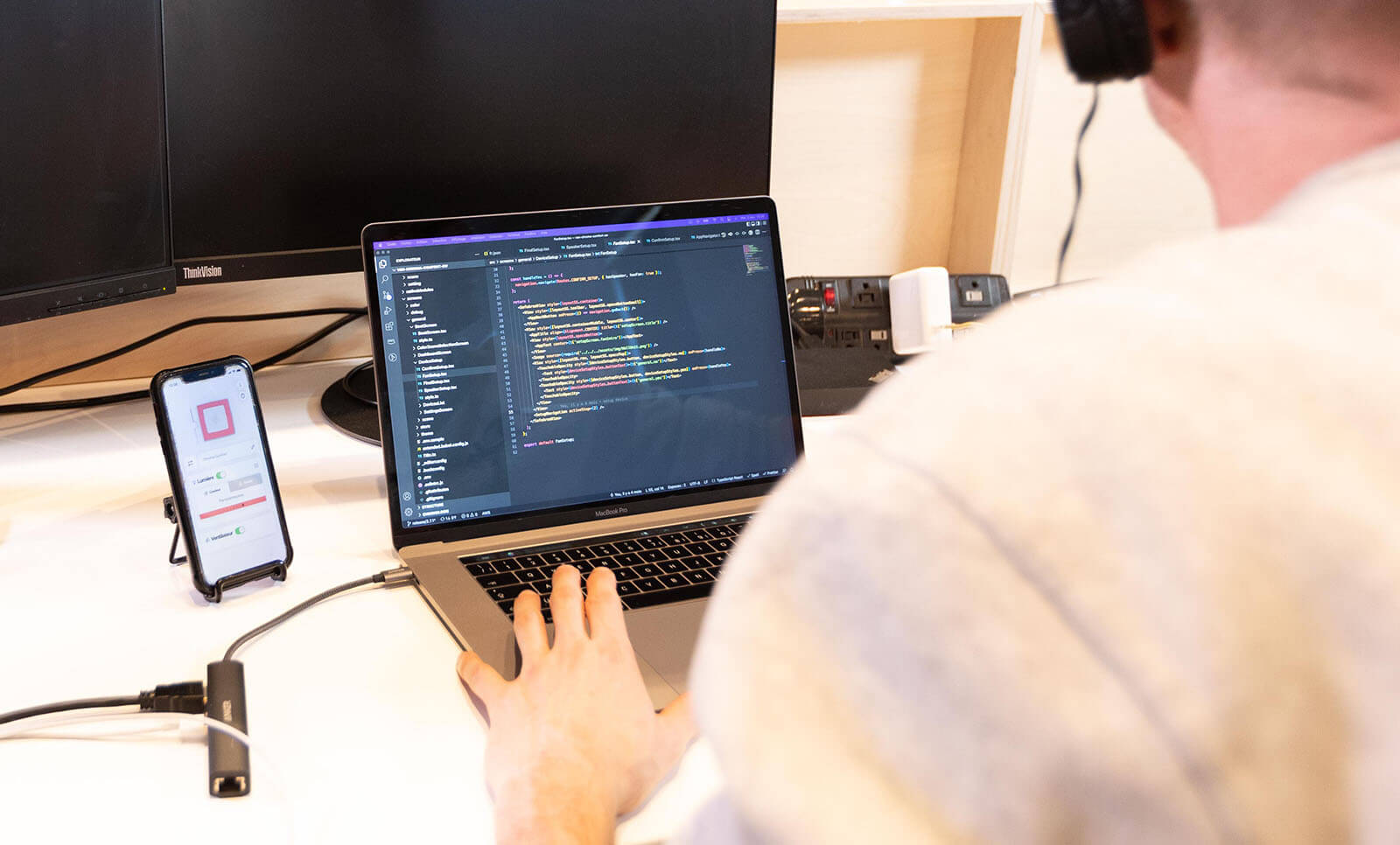- Is your software a medical device?
- What standards must be complied with?
- What does the software development process for medical devices entail?
- What are the emerging technologies in medical device software for healthcare?
To understand more, let’s explore the complexities of software development in the medical sector, examining the processes to follow, the challenges to overcome, and the opportunities to seize for success in this field.
Is Your Software a Medical Device?
The first step is to determine whether your software qualifies as a medical device. To do this, you must clearly define its intended use and indications for use. Once these parameters are established, you can evaluate if your software meets the definition of a medical device.
What is a Medical Device?
According to the FDA, a medical device is a device “intended for use in the diagnosis of disease or other conditions, or in the cure, mitigation, treatment, or prevention of disease, in man or other animals”.

Types of Medical Device Software
Medical device software can be classified into two categories based on where they run: Software as a Medical Device (SaMD) or Software in Medical Device (SiMD).
Software as a Medical Device (SaMD)
This category includes software solutions that enables a healthcare professional to view images from an MRI scanner on a smartphone for diagnosis, software that collects and analyzes data, then uses an algorithm to develop a treatment plan for a specific condition or disease.
Software in a Medical Device (SiMD)
Software in a Medical Device (SiMD) are software solutions that are an integral or external component of a physical medical device, contributing to its functionality and performance. SiMD can’t function independently, and rather are reliant on their associated medical hardware.
Standards and Regulations for Medical Device Software
These regulations and standards ensure safety, effectiveness, and security. They provide a framework that includes best practices for organizational structure, project management, risk management, as well as design, implementation, verification, and validation processes.

IEC 62304 Standard for Medical Device Software Development
IEC 62304 is a reference for the medical device software development lifecycle, focusing on the safety of these systems.
It specifies required activities for each process of the software lifecycle based on the risk level the software presents to patients and users. It establishes a software safety classification system that divides medical software into three safety classes. As the risk level increases, so too does the number of required activities.
The 3 medical software safety classes according to IEC 62304:
- Class A: No possibility of injury or damage to the patient.
- Class B: Potential for injury, but not severe.
- Class C: Potential for severe harm or death.
Medical device software developed in accordance with these standards is more likely to comply with current international regulations and achieve market approval.
Quality Management System (QMS): A Mandatory Requirement

Cybersecurity Risk Control
Medical device software is connected to the Internet, hospital networks, and other medical devices, increasing potential cybersecurity risks. While IEC 62304 doesn’t address cybersecurity activities, FDA guidance provides recommendations for considering cybersecurity in premarket submissions.
During the software development process, it’s crucial to identify, analyze, evaluate, and control cybersecurity risks associated with the intended use.
“Robust risk control measures, such as data encryption, multi-factor authentication, and strict access controls, must be implemented during the software development process, as well as security audits and penetration testing during and after the development. They are vital to safeguard software against the growing prevalence and complexity of cyber attacks.”
Patient Data Protection
In the sensitive context of healthcare, ensuring patient data protection is essential from the earliest stages of medical device software development. Mechanisms must be incorporated to guarantee the confidentiality and integrity of patient information.
Software Safety Classification: Understanding Risk Levels
The IEC 62304 standard provides a structured approach to software safety classification, dividing medical device software into three distinct classes based on the potential risk to patients and users:
- Class A: Device software that cannot cause injury or harm to the patient or user, even in the event of a failure. For example, a heart rate monitoring app that simply displays data without making treatment decisions would typically fall into this category.
- Class B: Device software where a failure could cause non-serious injury. An example might be software that provides dosage recommendations for non-critical medications.
- Class C: Device software where a failure could result in serious injury or death. This includes software that controls life-sustaining devices, such as pacemakers or infusion pumps.
The Software Development Process for Medical Devices
Medical device software undergoes the same development phases as any other type of software; however, it requires particular emphasis on compliance with specific standards and guidelines, which vary according to the software’s classification.
Here are the five steps involved in developing software for medical devices:
1. Planning and Defining Requirements
2. Architecture and Detailed Design
3. Development and Coding
4. Testing and Verification
Medical software must undergo a series of rigorous tests to ensure it meets all safety, functionality, and performance requirements. This includes unit testing, integration testing, performance testing, and system testing.
5. Release

Emerging Technologies in Medical Device Software for Healthcare
Connected Medical Devices (IoMT)
Connected medical devices, part of the Internet of Medical Things (IoMT), enable real-time health monitoring and data-driven decision-making. This cloud-based technology not only improves patient outcomes by facilitating more personalized and timely care. In this category, we include devices such as smart inhalers, wireless heart monitors, Bluetooth-enabled glucose monitors, and remote patient monitoring tools.
Software as a Service (SaaS)
Software as a Service (SaaS) is a software distribution model where applications are hosted by a third-party provider and made available to customers over the Internet. Instead of downloading and installing software on individual devices or servers, users can access the software through a web browser or an API (Application Programming Interface).
Collaborating with an experienced team helps ensure that your software meets industry standards and delivers reliable, effective care.
FAQ About Medical Device Software Development
What is the difference between software verification and validation in medical device development?
What documentation is required during software development according to IEC 62304?
What is post-market surveillance for medical device software?
How are software updates managed in regulated medical device products?
What role does human factors engineering play in software development?
What is design input/output traceability in medical software development?
Why is interoperability testing important for medical device software?
What cybersecurity controls are mandatory during medical device development?
Controls include authentication, access restriction, encryption, threat modeling, and secure update mechanisms aligned with FDA premarket guidance.